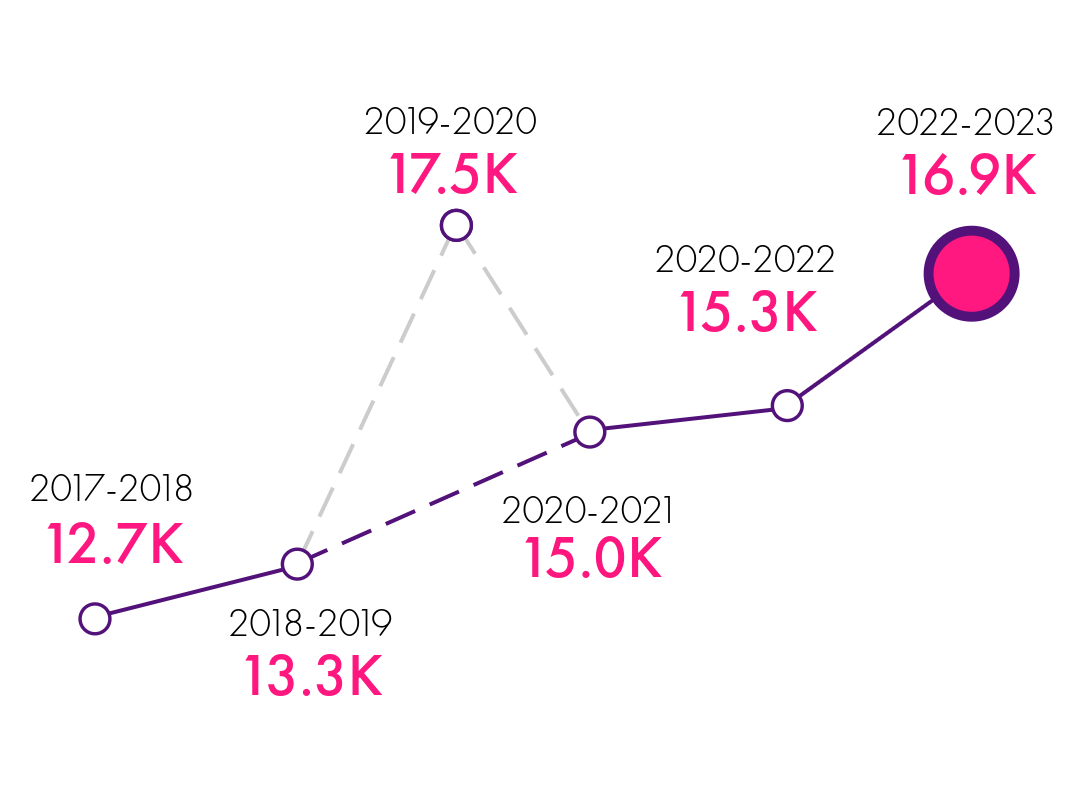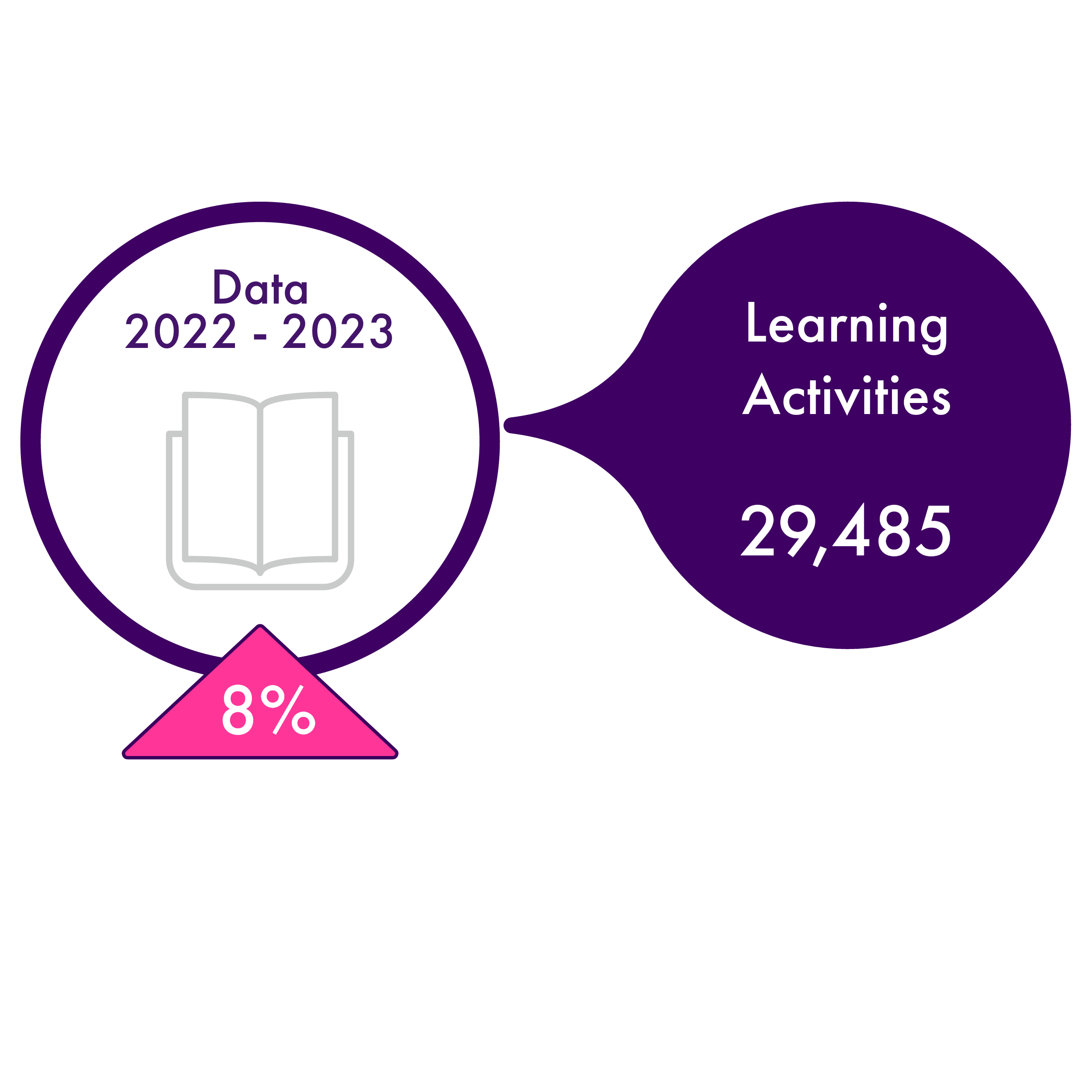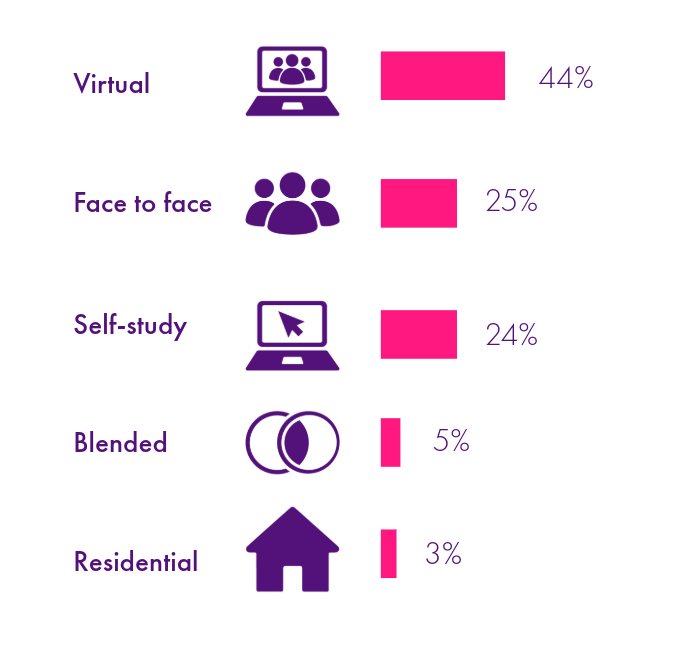The number of unique learners counts every learner only once, regardless of the number of courses they have attended during the year.
- There has been an increase in learner numbers year on year since 2017-2018.
- The year 2019-2020 is an exception where there were 17,505 unique learners (this is the exceptional year when the number of learners following the taster level self-study courses increased at the start of the pandemic.)
- In 2022-2023, there were 16,905 unique learners, an increase of 11% in comparison to 2021-2022.




